California’s only full-time forensic anthropology laboratory, Chico State’s Human Identification Lab, has been allocated $3 million through the 2023-24 California State Budget to secure bonds for a new facility.
The project is expected to cost $46 million, and the facility will be at First and Cedar Streets near the main campus, according to Ashley Gebb, university communications’ executive director.
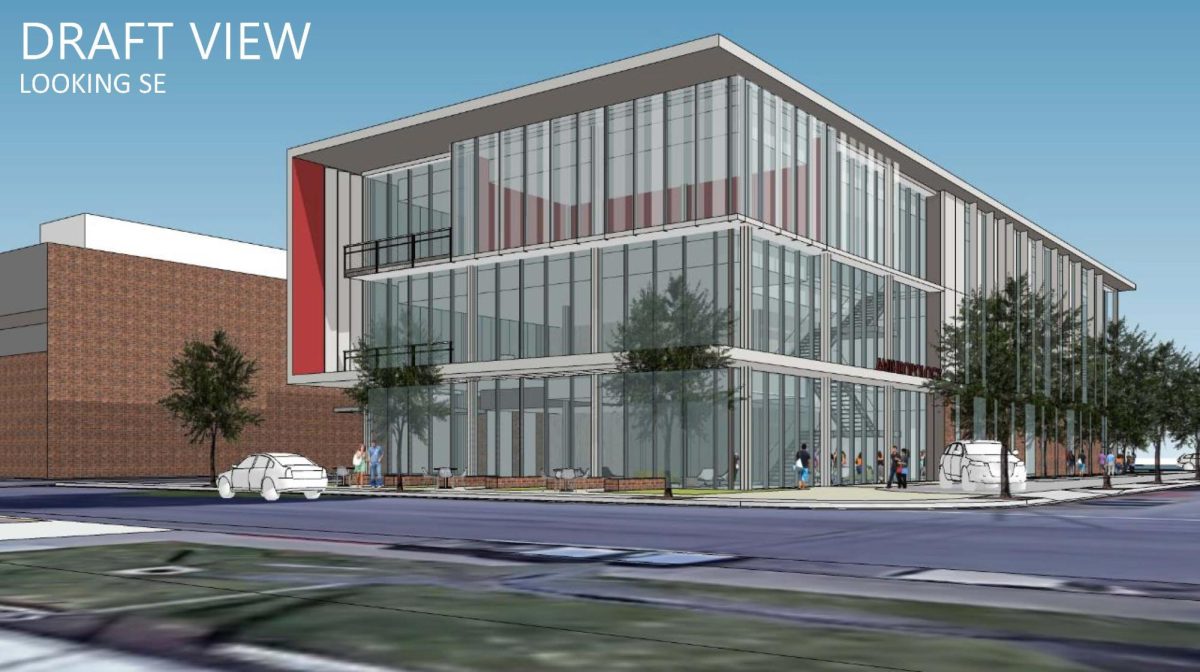
While the plans for the upgraded lab are still in development, Gebb said the university is hopeful the project will advance as fast as possible.
“We know our faculty, staff, students and the communities and law enforcement served by the HIL will benefit immeasurably,” Gebb said. “Until then, we are committed to continue to make do with the current facility, as we have for decades.”
The current HIL is located in “a cramped 1972 lab space,” they’ve been in since 2002, according to their webpage.
Not only is their current 50-year-old space too small, Chico State’s forensic anthropologists also need equipment to keep up with the growing number of cases entering the lab.
The HIL team has conducted over 700 investigations in 47 California counties within the past four years; the lab manages about 120 cases per year and provides services at little to no cost, according to the press release.
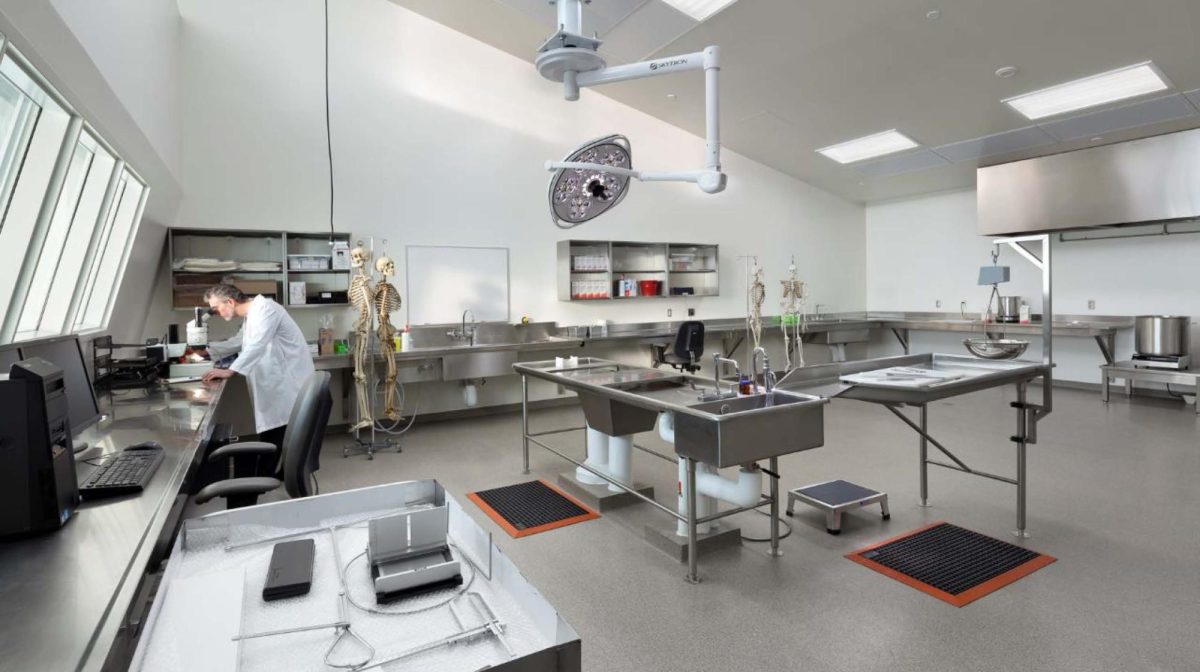
This new facility will help Chico State’s forensic anthropologists provide search and recovery in large-scale emergencies like wildfires, bus accidents, pipeline explosions and natural disasters.
It is planned to not only serve as HIL’s new headquarters, but will include more:
- Refrigeration units
- Wet and dry lab space
- Work stations for lab technicians
- Offices
- Secure lockers and professional changing facilities
It will also have better security systems, up-to-date natural lighting and improved ventilation.
Additionally, there will be classroom space for Peace Officer Standards and Training short courses, the Certificate in Forensic Science, the graduate program and other workshops and training.
Former President Gayle Hutchinson has been one of HIL’s biggest advocates from her time as the College of Behavioral and Social Sciences dean up to her June retirement as Chico State’s president.
During a May state budget revise, Hutchinson said:
“This new facility will empower us to rapidly mobilize to provide search and rescue recovery in large-scale disasters, speed identification of remains, and train the next generation of forensic anthropologists who will search, recover and identify the missing to provide closure to families, bring criminals to justice, and make all our communities safer.”
Chico State’s HIL provides help in recovering missing persons, analyzing and identifying bodies and presenting vital information on criminal cases for local, state and federal law enforcement agencies.
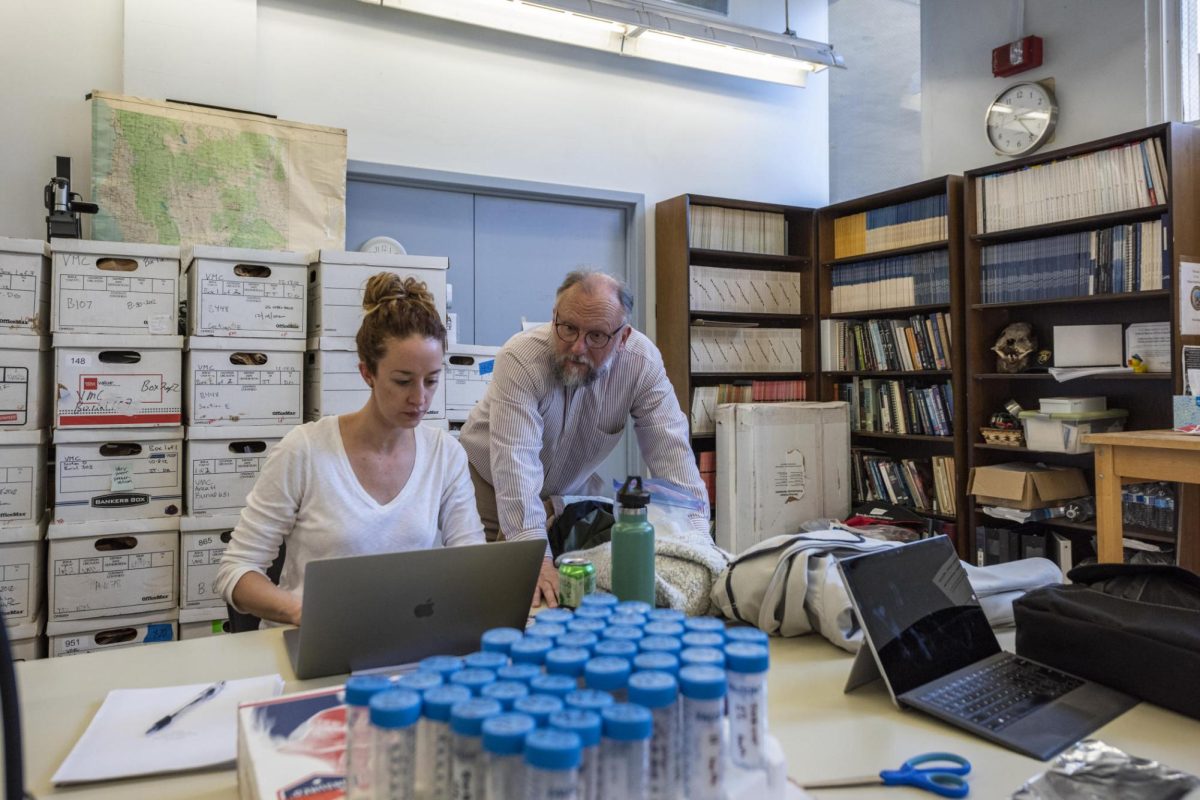
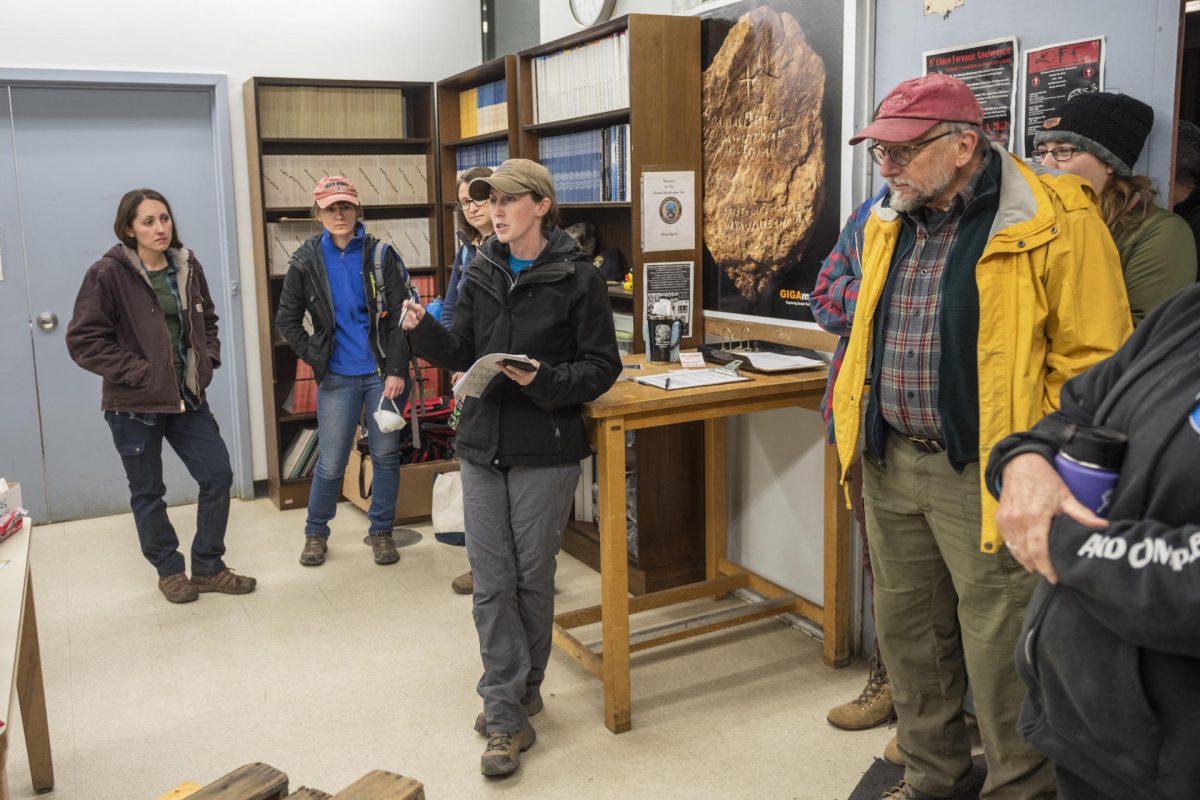
The lab has aided in finding and confirming the deceased during the Carr and Camp Fires, and with a death investigation into a 1993 kidnapping of a Northern California girl.
The HIL team also helps with deciding if archeological and historical cases are subject to the Native American Graves Protection and Repatriation Act and California Native American Grave Protection and Repatriation Act.
“Our teams are incredibly excited by this development. While we have made do for years in our current facility, we can breathe a collective sigh of relief about what the future holds,” Colleen Milligan, co-director of the HIL, said in the press release.
Each semester, around 30 undergraduate and graduate students are given the opportunity to apply for the program through a “competitive internship process,” according to the press release.
HIL was founded by Emeritus Turhon Murad, a Chico State professor in the early 1970s.
The 2023-24 California State Budget provides general fund allocations to all CSUs for “operational costs and other expenditures,” according to Gebb.
To see the entire press release regarding the HIL facility, go here.
Ariana Powell can be reached at [email protected].
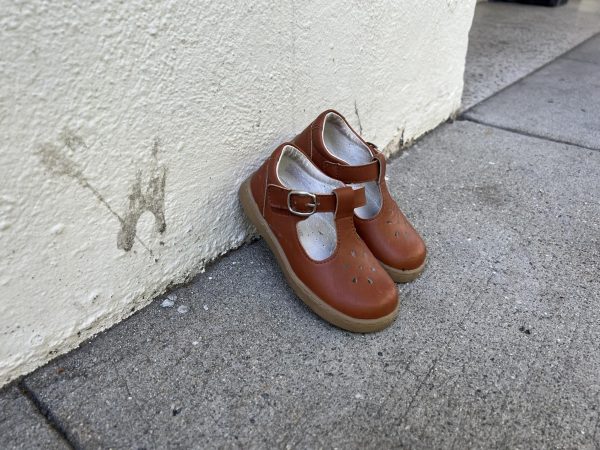
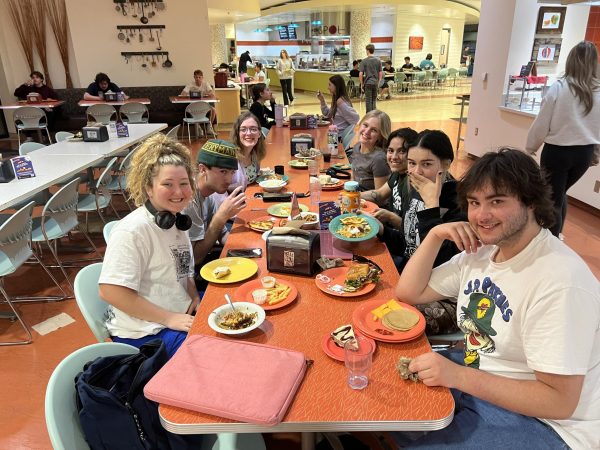

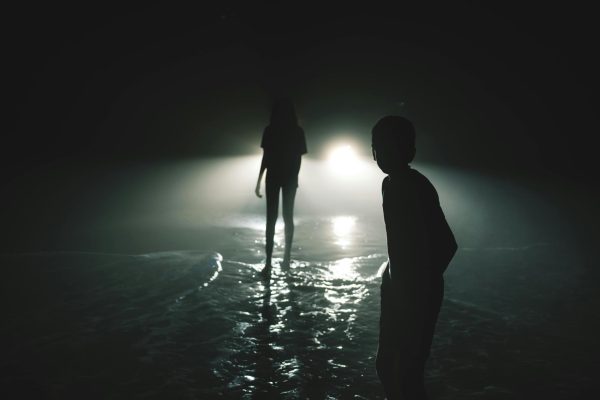





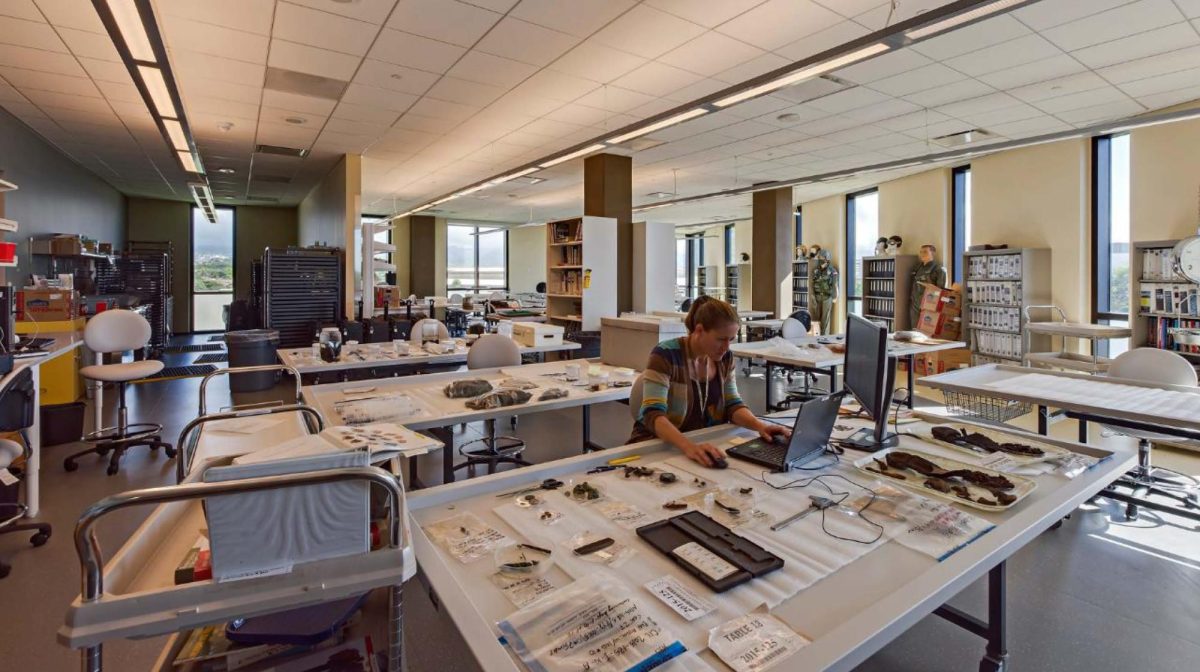
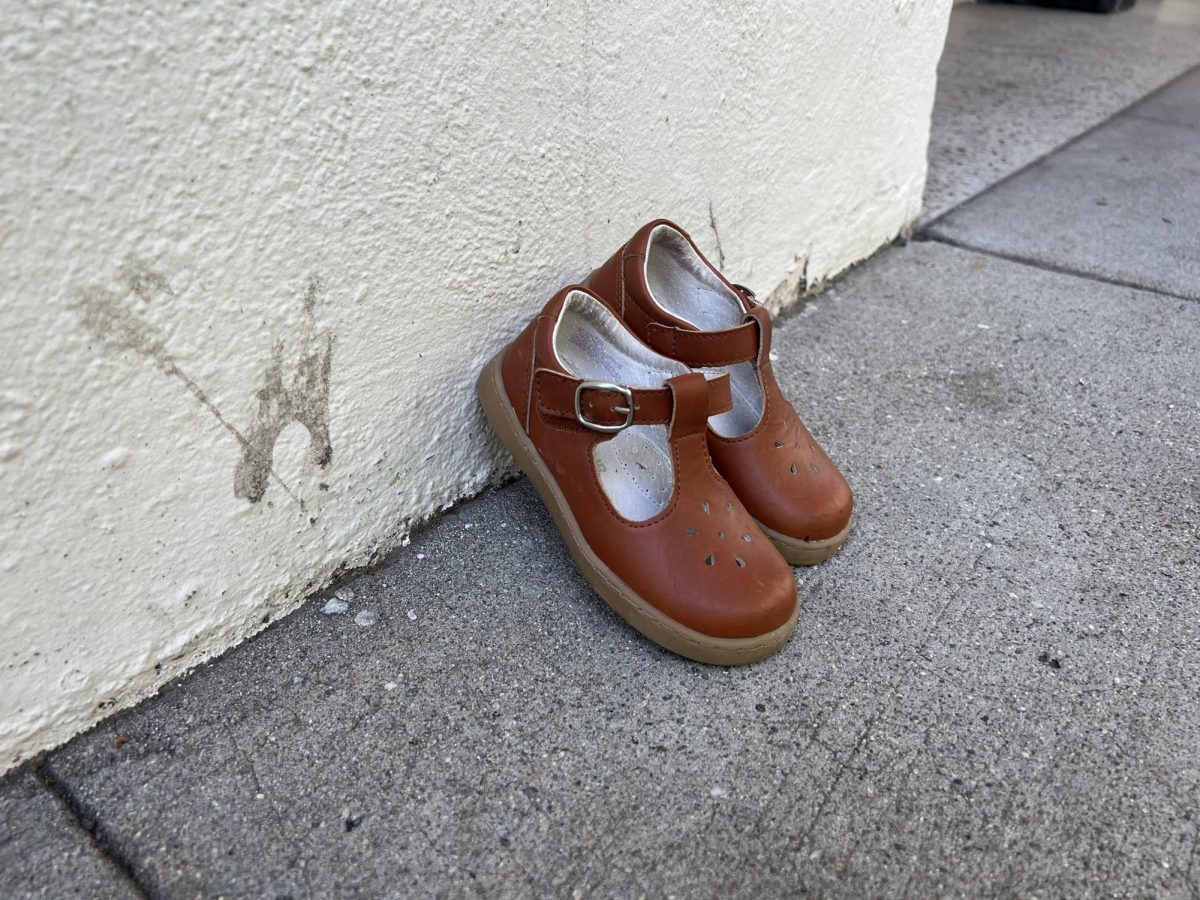
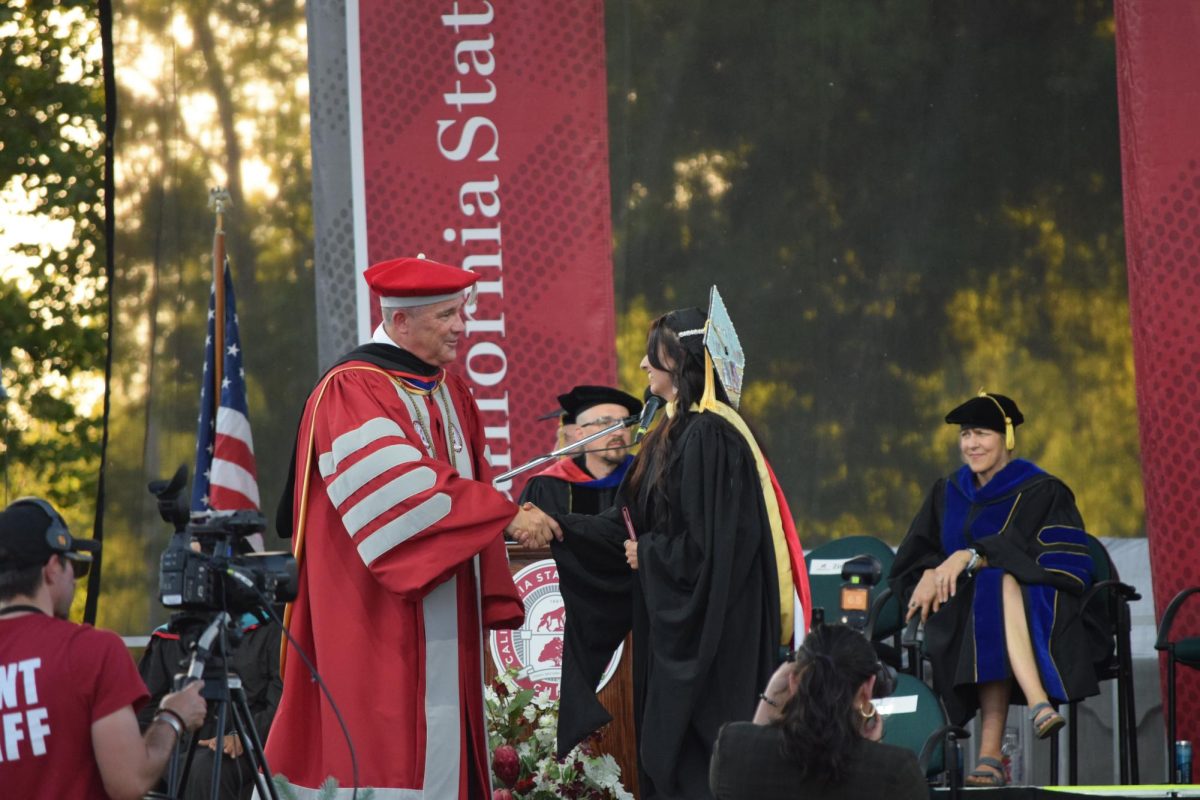
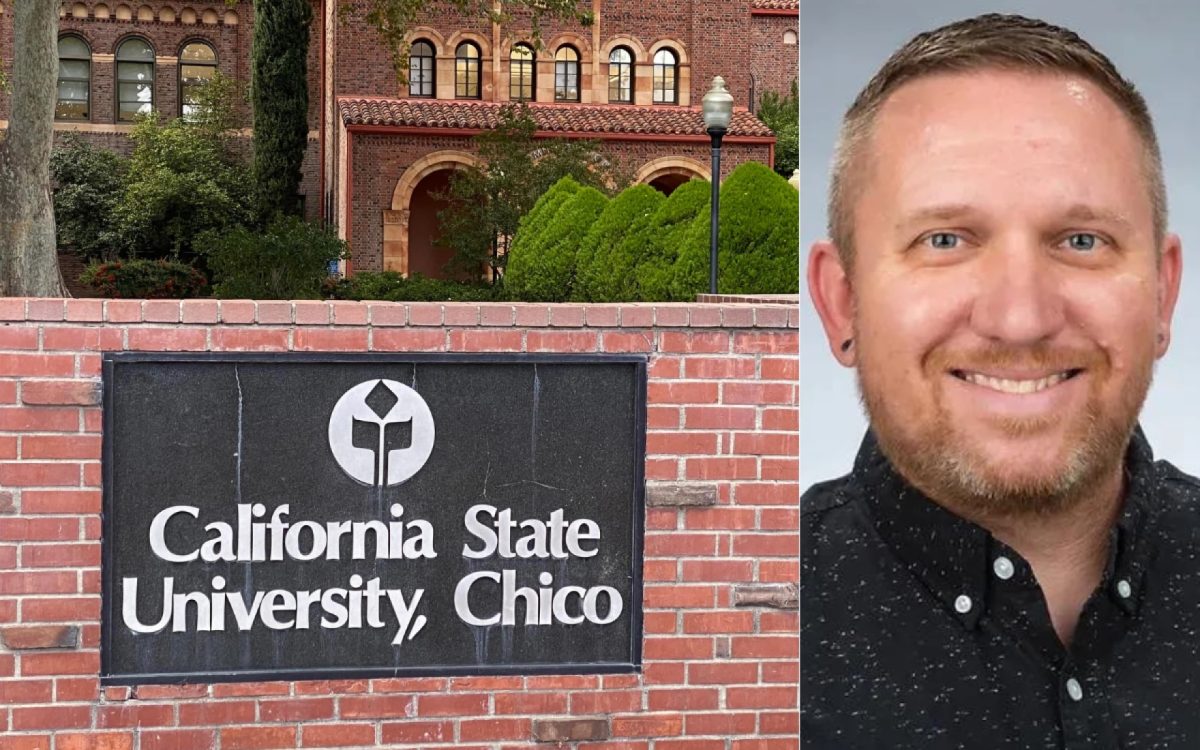
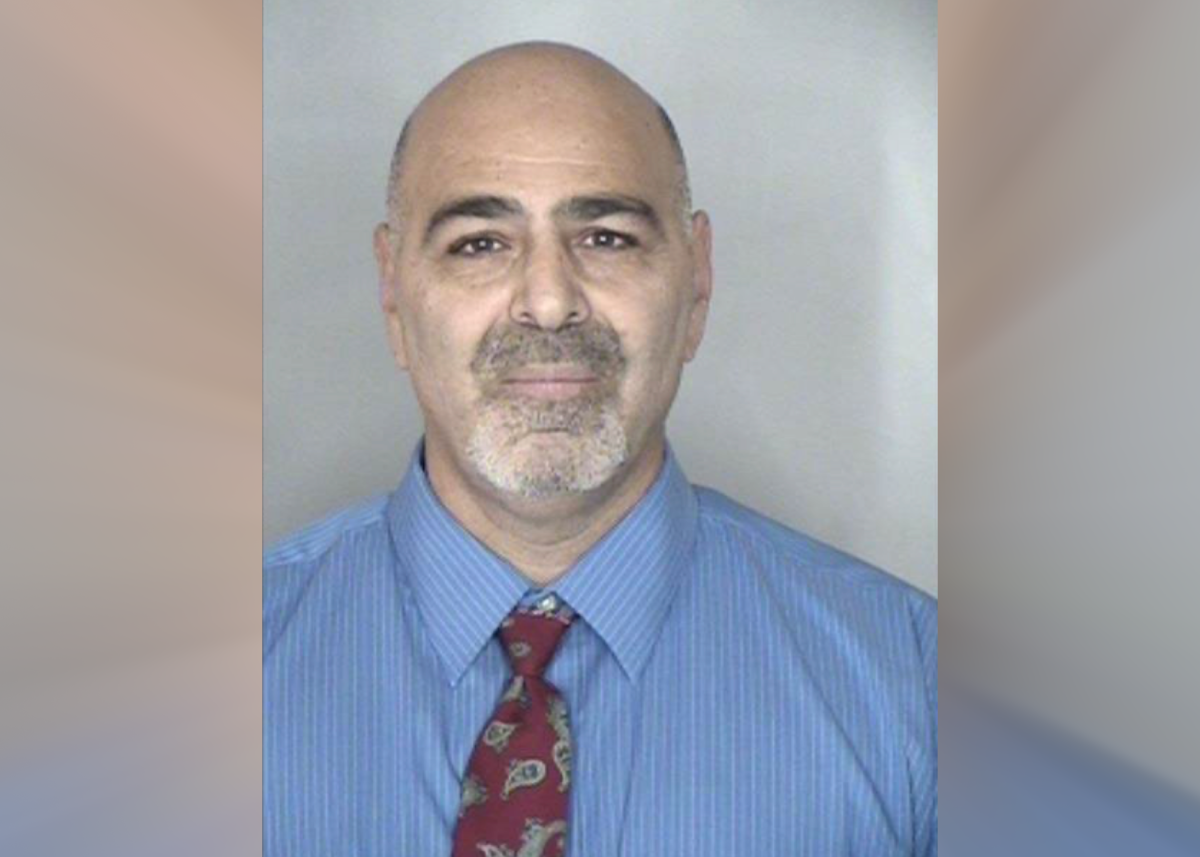
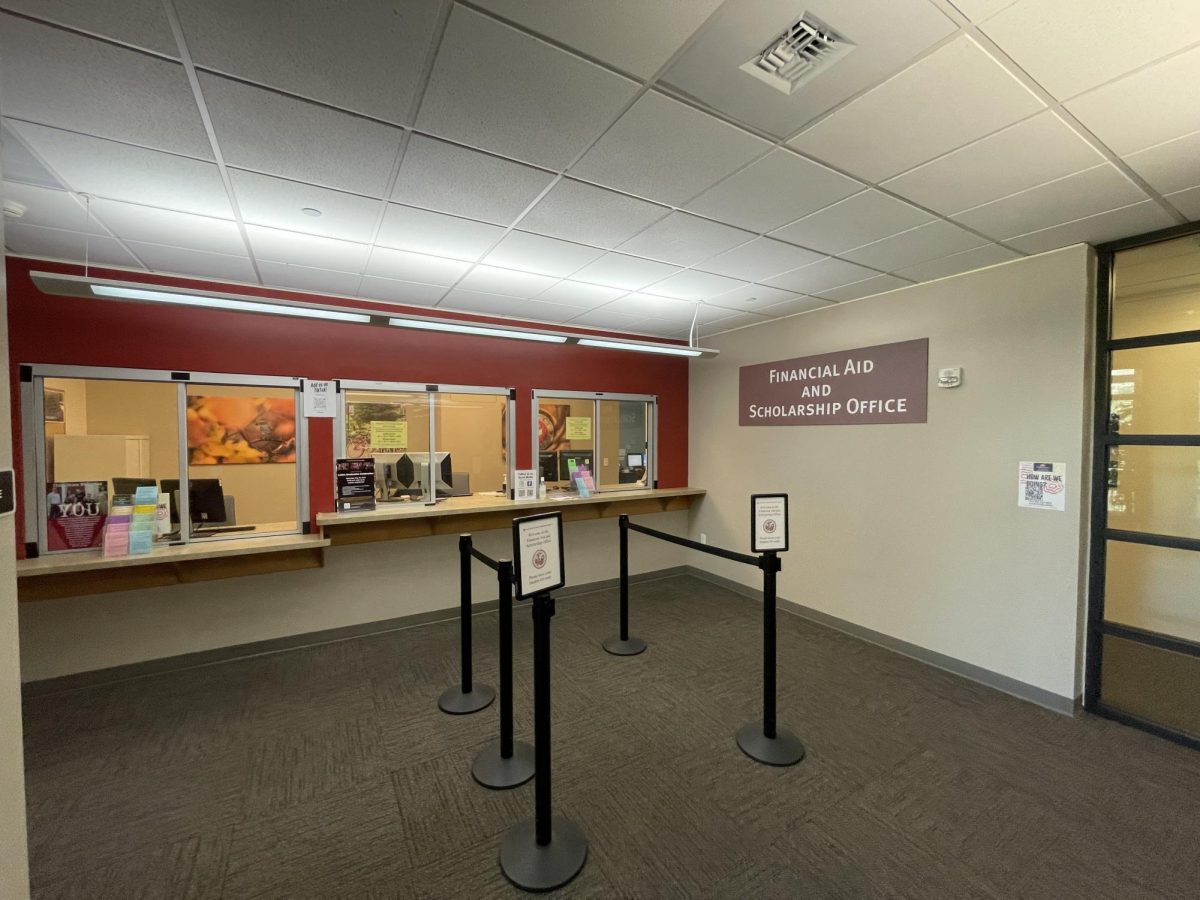

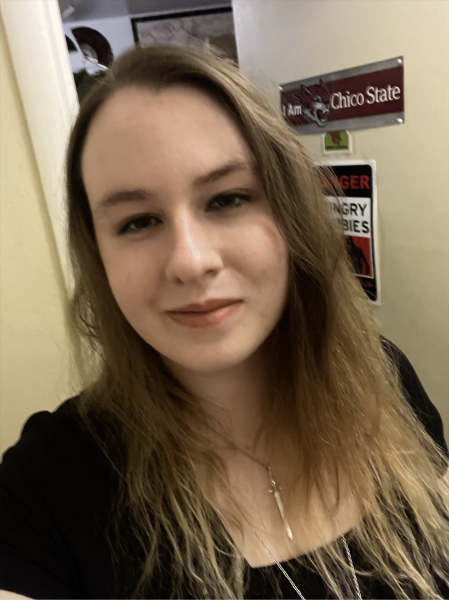
Your Momma On A Stick // Jul 20, 2023 at 3:44 pm
Awwww, somebody couldn’t handle the truth about Chico States libtarded biased and one-sided SJW indoctrination agenda and wouldn’t approve my comment? Awwwww 😆 Kind of proves my point, doesn’t it 😆
Your Momma On A Stick // Jul 20, 2023 at 2:11 pm
Oh, I’m sure that’ll be used in some way to investigate anything that happens to black people and lgbtqs but not white people. “Bet,” to use the gay ass terminology of the younger retarded generation 🙄